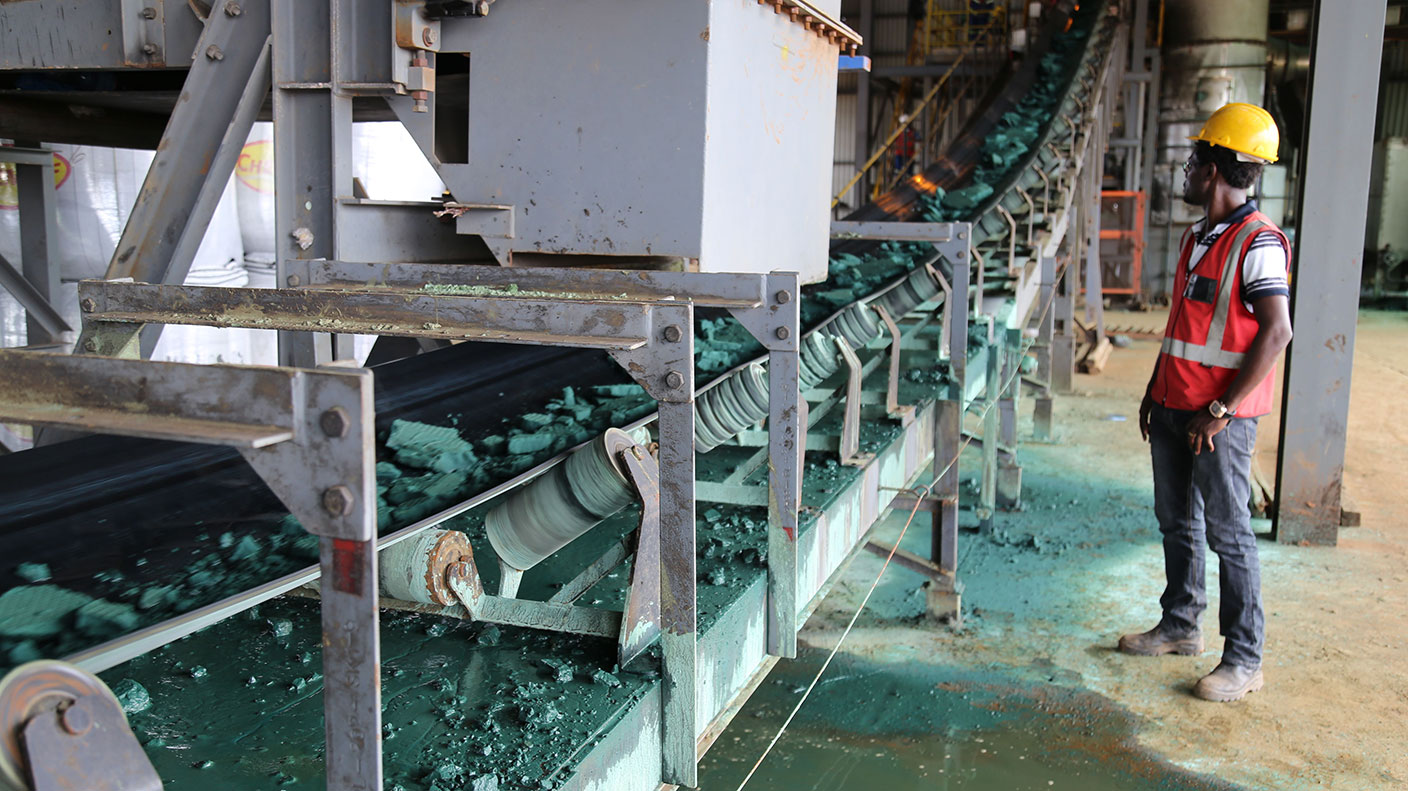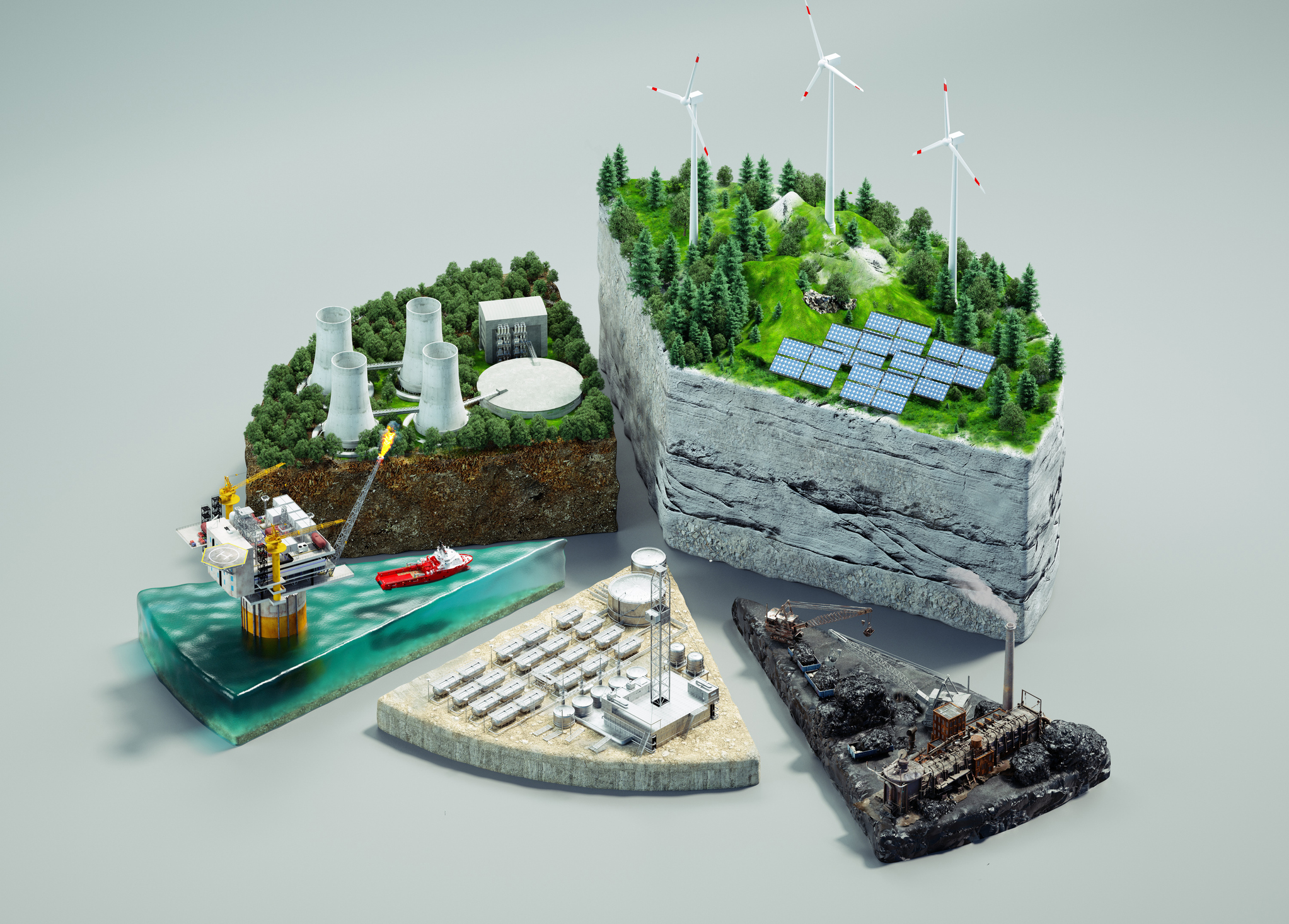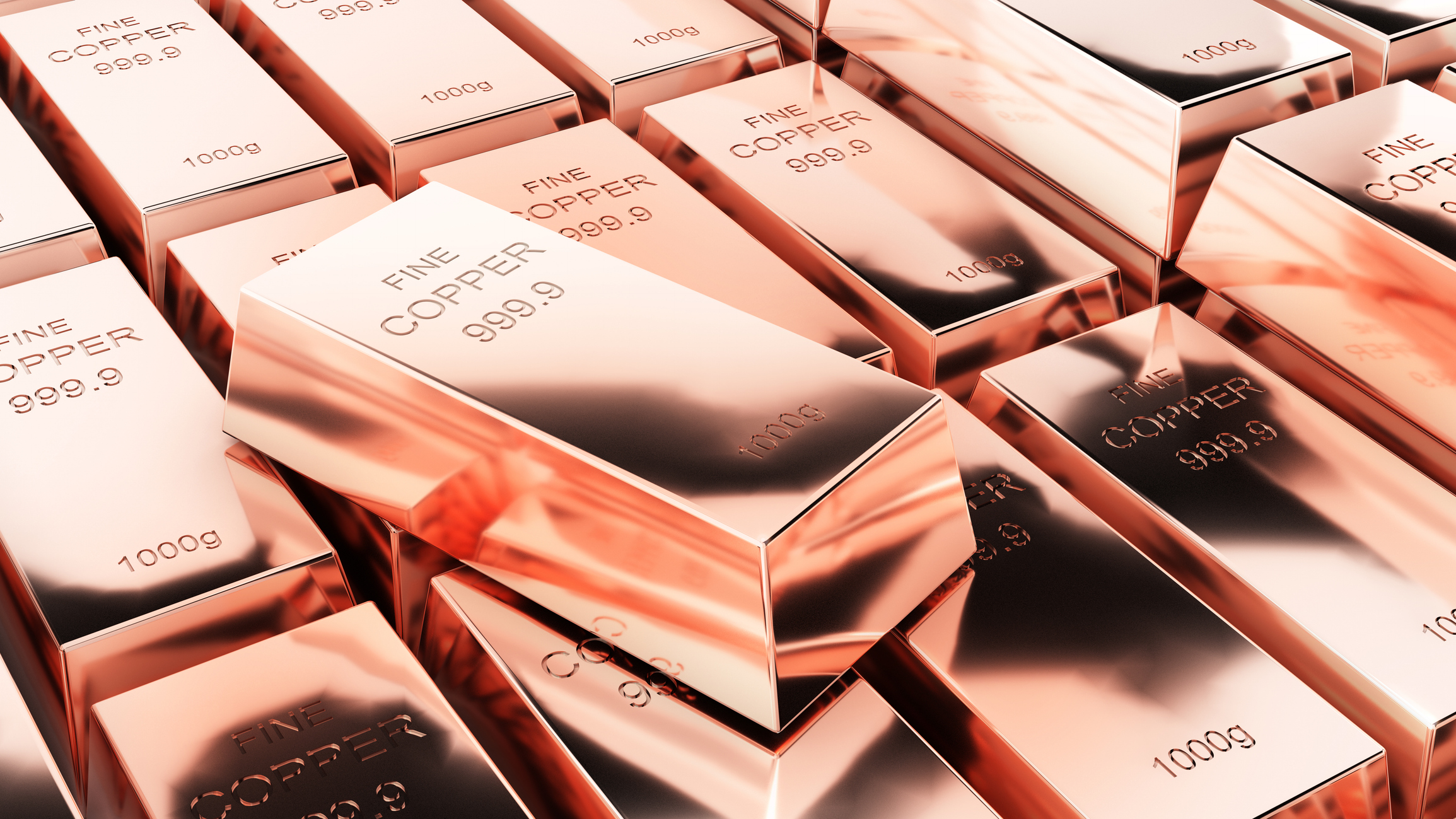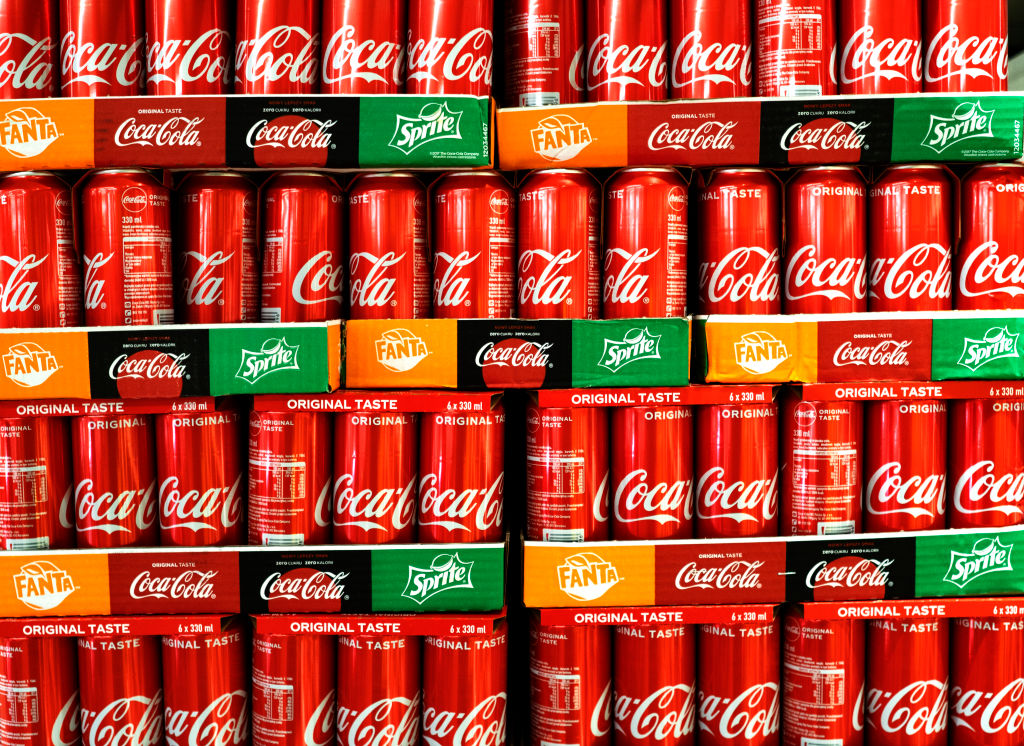How China is cornering the market for electric-car batteries
The West is sleepwalking into a situation where it has traded its old reliance on Middle East oil for dependence on key metals controlled by China. That’s a bad trade, says Simon Wilson

As the transition to electric vehicles (EVs) begins in earnest, a battery “arms race” is underway, and China is in pole position. A range of factors – including tightening emissions rules, earlier bans on internal-combustion models, and consumer incentives – are driving EV sales faster than expected, especially in China and Europe. Morgan Stanley’s auto team now projects 40% of new car sales globally will be EVs by 2030 – meaning annual production of 36 million electric cars within eight years, up from around four million in 2021.
China is already easily the world’s biggest market for EVs with total sales of 1.3 million vehicles in 2020, more than 40% of global sales that year. But it is also becoming the dominant player in battery production. And the EV market’s rapid expansion is increasingly focusing attention on the raw materials – lithium, nickel and cobalt, as well as rare earth metals – needed to make EV batteries.
What’s the issue?
In the words of the International Energy Agency, there is a “looming mismatch between the world’s strengthened climate ambitions and the availability of critical minerals that are essential to realising those ambitions”. Compared with current engines, the sheer amount of expensive metal that needs to be mined for EV batteries is astonishing, says Davide Castelvecchi in Nature.
Subscribe to MoneyWeek
Subscribe to MoneyWeek today and get your first six magazine issues absolutely FREE

Sign up to Money Morning
Don't miss the latest investment and personal finances news, market analysis, plus money-saving tips with our free twice-daily newsletter
Don't miss the latest investment and personal finances news, market analysis, plus money-saving tips with our free twice-daily newsletter
These amounts vary greatly depending on the battery type and vehicle – and advances in battery manufacturing and recycling technology could change the picture – but currently a single car lithium-ion battery pack (of a type known as NMC532) typically contains around 8kg of lithium, 35kg of nickel, 20kg of manganese and 14kg of cobalt. That’s according to figures from Argonne National Laboratory, part of the US Department of Energy.
So as EV production ramps up, so will competition for resources and control of supply chains. The current acquisition of UK-listed Bacanora Lithium (focused on Mexican mining concessions) by China’s Ganfeng Lithium is a tiny part of that bigger picture.
How much metal will be needed?
Meeting the EV targets set in the recent Glasgow Food and Climate Declaration by 2040 will require over seven million tonnes of lithium annually, according to research from Benchmark Mineral Intelligence, the sector’s leading analysis firm. That’s 17 times more than was produced in 2021. Similarly, the IEA estimates that the growth in EVs could see lithium demand increase by over 40 times by 2030.
The cost of lithium-ion batteries has plummeted by 97% since they first entered the market as small, portable batteries in the early 1990s, and they are likely to remain the dominant technology for the foreseeable future, even as scientists develop ways of eliminating cobalt and nickel from the mix. It is hoped that further reductions in price (of a projected 20%) mean that electric cars should reach price-parity with combustion-engine models by the mid-2020s.
But there are also signs that prices (of lithium, for example) are already rising in anticipation of a supply crunch. And there are growing worries that China’s dominance in batteries and metals has left the West vulnerable and playing catch-up.
What is China doing?
China’s strategy is to establish dominance by controlling the global supply chain “from the metals in the ground to the batteries themselves, no matter where the vehicles are made”, says The New York Times.
Chinese battery giants led by CATL (which alone has 30% of the global EV market) and BYD have established such dominance that China now accounts for 85% of the global market in anodes, cathodes, separators and electrolytes, reckons UBS.
Those four components account for around 60% of a battery cell’s cost. “That grip on the global battery supply chain – so early in the game – has set China apart and will also allow manufacturers operating there to bring down their costs,” says Anjani Trivedi on Bloomberg. At the same time, China has worked to establish dominance over critical raw materials.
Such as?
Take cobalt, the most expensive material in EV batteries. At the luxury end of the EV market, for example, a longer-range Tesla needs almost 5kg of cobalt, more than 400 times the amount in a typical smartphone. Chinese processing plants supply 85% of the world’s battery-ready cobalt, according to Darton Commodities, a specialist supplier of cobalt, and US carmakers including Tesla, Ford and General Motors buy their battery components from suppliers that depend on Chinese-owned cobalt mines in Congo.
An investigation by Mike Forsythe in The New York Times found that Chinese firms now own or finance 15 of the 19 cobalt-producing mines in the Democratic Republic of the Congo (DRC) – the result of years of state-backed investment. The five biggest Chinese mining firms operating in DRC have been given lines of credit from state-backed Chinese banks totalling at least $124bn, says Forsythe, while the US (under both Obama and Trump) turned away from Congo and US miners sold assets to Chinese rivals.
What about nickel?
To circumvent the legal and reputational risks associated with cobalt from the Congo, some car and battery makers want to cut cobalt levels in their batteries. Nickel-rich batteries are one option, says Pete Pattisson in The Guardian – but “the same Chinese companies that dominate cobalt mining in DRC (Huayou Cobalt and CMOC) are also increasing investment in nickel extraction and processing in Indonesia”, home to the world’s largest nickel reserves.
This means that China is now the largest global market producer of nickel. It is also by far the dominant producer and refiner of rare-earth elements like neodymium and dysprosium, which are components in most electric vehicles. Unless the West wakes up, it will soon replace its old dependence on Middle Eastern oil with a new dependence on China for its clean energy transition, says Robert Bryce in The Wall Street Journal. “What a lousy trade.”
Get the latest financial news, insights and expert analysis from our award-winning MoneyWeek team, to help you understand what really matters when it comes to your finances.
Simon Wilson’s first career was in book publishing, as an economics editor at Routledge, and as a publisher of non-fiction at Random House, specialising in popular business and management books. While there, he published Customers.com, a bestselling classic of the early days of e-commerce, and The Money or Your Life: Reuniting Work and Joy, an inspirational book that helped inspire its publisher towards a post-corporate, portfolio life.
Since 2001, he has been a writer for MoneyWeek, a financial copywriter, and a long-time contributing editor at The Week. Simon also works as an actor and corporate trainer; current and past clients include investment banks, the Bank of England, the UK government, several Magic Circle law firms and all of the Big Four accountancy firms. He has a degree in languages (German and Spanish) and social and political sciences from the University of Cambridge.
-
 ‘Inheritance tax insurance’ enquiries are soaring – but is it worth it?
‘Inheritance tax insurance’ enquiries are soaring – but is it worth it?Premiums for whole of life insurance can run to £5,000 a month to cover a £300,000 inheritance tax bill, with policies costing more the older you take them out.
-
 MPs warn over Lifetime ISAs which could leave savers out of pocket
MPs warn over Lifetime ISAs which could leave savers out of pocketThe Treasury Committee has highlighted confusion around the Lifetime ISA withdrawal charge, which risks consumers losing “a significant part of their savings”
-
 The British railway industry is in rude health – here's why investors should jump aboard
The British railway industry is in rude health – here's why investors should jump aboardThe railway industry has bounced back from the devastating impact of the pandemic and is entering a new phase of development – and profitability
-
 Infrastructure investing: a haven of stable growth amid market turmoil
Infrastructure investing: a haven of stable growth amid market turmoilFrom booming construction in emerging markets to digital and green transitions, the infrastructure sector offers security, returns and long-term opportunities
-
 A long bull market beckons for copper
A long bull market beckons for copperOpinion Ignore short-term volatility: a worsening supply squeeze implies far higher prices in future, says Albert Mackenzie, copper analyst and market reporter at Benchmark Mineral Intelligence
-
 The costly myth of “sell in May”
The costly myth of “sell in May”Opinion May 2025's strong returns for US stocks have once again shown that putting too much weight on seasonal patterns will only make investors poorer, says Max King
-
 Who’s driving Tesla?
Who’s driving Tesla?As Elon Musk steps back from government with his eyes on the stars, investors ask if he’s still behind the wheel at his electric-car maker.
-
 Investment opportunities in the world of Coca-Cola
Investment opportunities in the world of Coca-ColaThere is far more to Coca-Cola than just one giant firm. The companies that bottle and distribute the ubiquitous soft drink are promising investments in their own right.
-
 Streaming services are the new magic money tree for investors – but for how long?
Streaming services are the new magic money tree for investors – but for how long?Opinion Streaming services are in full bloom and laden with profits, but beware – winter is coming, warns Matthew Lynn
-
 'Pension funds shouldn't be pushed into private equity sector'
'Pension funds shouldn't be pushed into private equity sector'Opinion The private-equity party is over, so don't push pension funds into the sector, says Merryn Somerset Webb.